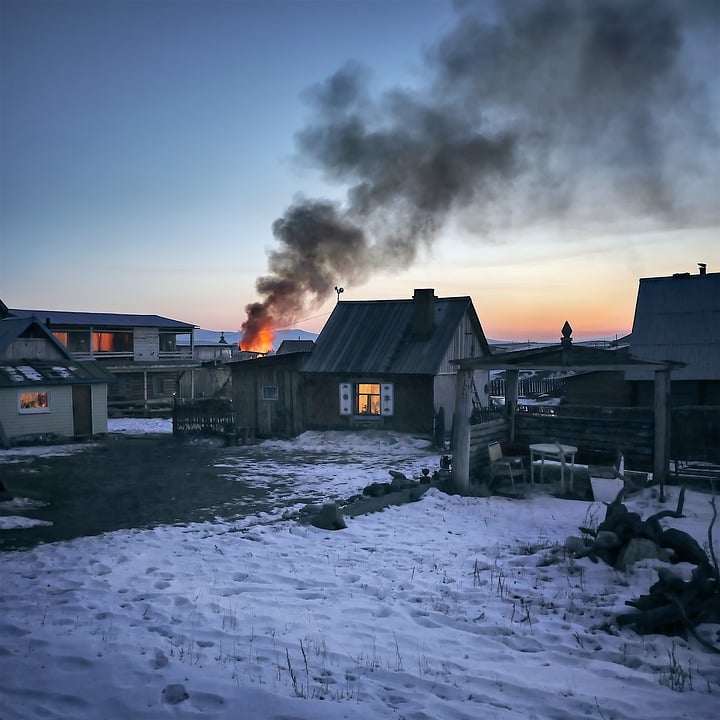The Federal Emergency Management Agency (FEMA) is an organization under the Department of Homeland Security tasked with providing and coordinating a response to disasters in the United States that local and state authorities lack the resources to handle. It provides support, manpower, and resources for disaster preparedness and recovery. Within limits, it also has additional funds for rebuilding damaged structures and buildings, including private homes. Citizens in declared disaster areas who lack insurance or have inadequate coverage can apply for the agency’s relief funds and grants to repair their homes.
Assistance Coverage
FEMA designates areas qualified for disaster assistance. FEMA can provide housing assistance for qualified renters and homeowners who have lost their homes in disaster-declared areas. If a house is covered by insurance, the homeowners or renters have to inform their agent right off the bat because FEMA does not duplicate the insurance coverage. If the insurance is inadequate to cover the damage, or if there is no insurance, the homeowner or renter can apply for additional assistance. Secondary homes are not covered by FEMA assistance.
FEMA does not offer assistance for small businesses, but it does have partnership with the Small Business Administration (SBA) to help small businesses recover. The SBA can provide low-interest loans to cover the cost of some rebuilding.
FEMA doesn’t just provide assistance for homes and businesses; it also offers assistance for other expenses caused by disasters. These include essential household items, medical and dental expenses, funeral and burial, child care, moving and storage, and vehicle expenses.
Individual Assistance Coverage
The majority of FEMA assistance is through low-interest disaster loans in partnership with the SBA. However, housing assistance funds are also available through the Individuals and Households Program (IHP). The program assists with housing and other needs, including temporary housing, lodging expenses reimbursement, repair, replacement, and permanent or semi-permanent housing construction.
FEMA assistance does not extend to damages already covered by insurance; however, if your coverage is inadequate, you can apply for additional aid. The applicant has up to 12 months from the date of FEMA registration to submit their insurance information. FEMA can provide support if the insurance settlement is delayed, if there are insufficient funds to cover the damage on the residence, if the Additional Living Expenses coverage has been exhausted, or if the resident is unable to locate rental resources.
Grants and Loans Repayment
The grants application usually takes a short time to process, but in times of severe disaster, it may take a little longer than usual. Typically, the homeowner will be contacted within 10 days after they submit their application to schedule a home inspection. Once the application is approved, the funds are transferred within two to three days. These are automatically deposited to the applicant’s bank accounts, or a check is sent by mail.
The main difference between FEMA grants and SBA loans is that the grants do not have to be repaid, but the loans do. The SBA tries to keep interest rates low to help homeowners and small business owners get back on their feet once again.

